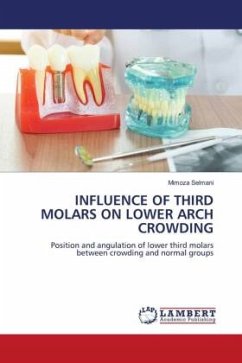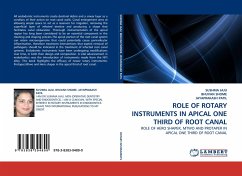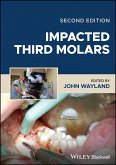The dental pulp is the soft tissue component of the root canal system. It occupies the internal cavities of the tooth. The external boundary of pulp space resembles the shape of a root of a tooth. A thorough knowledge of root canal morphology is mandatory for successful endodontic treatment. Over the years, numerous root canal configurations have been identified resulting in the proposal of numerous classifications and theirmodifications. In 1969, Weine et al., provided the first clinical classification of more than one canal system in a single root using the mesiobuccal root of the maxillary first molar as a specimen. Vertucci further developed a classification system for canal anatomy as Type I through Type VIII. Vertucci's classification is the most accepted universally. The purpose of the present study was to evaluate the root canal morphology of the apical one - third of permanent mandibular first and second molars of an Indian population using the clearing technique. The null hypothesis tested was that there is no difference in the apical third morphology of mandibular first and second molar roots of Indian population.








